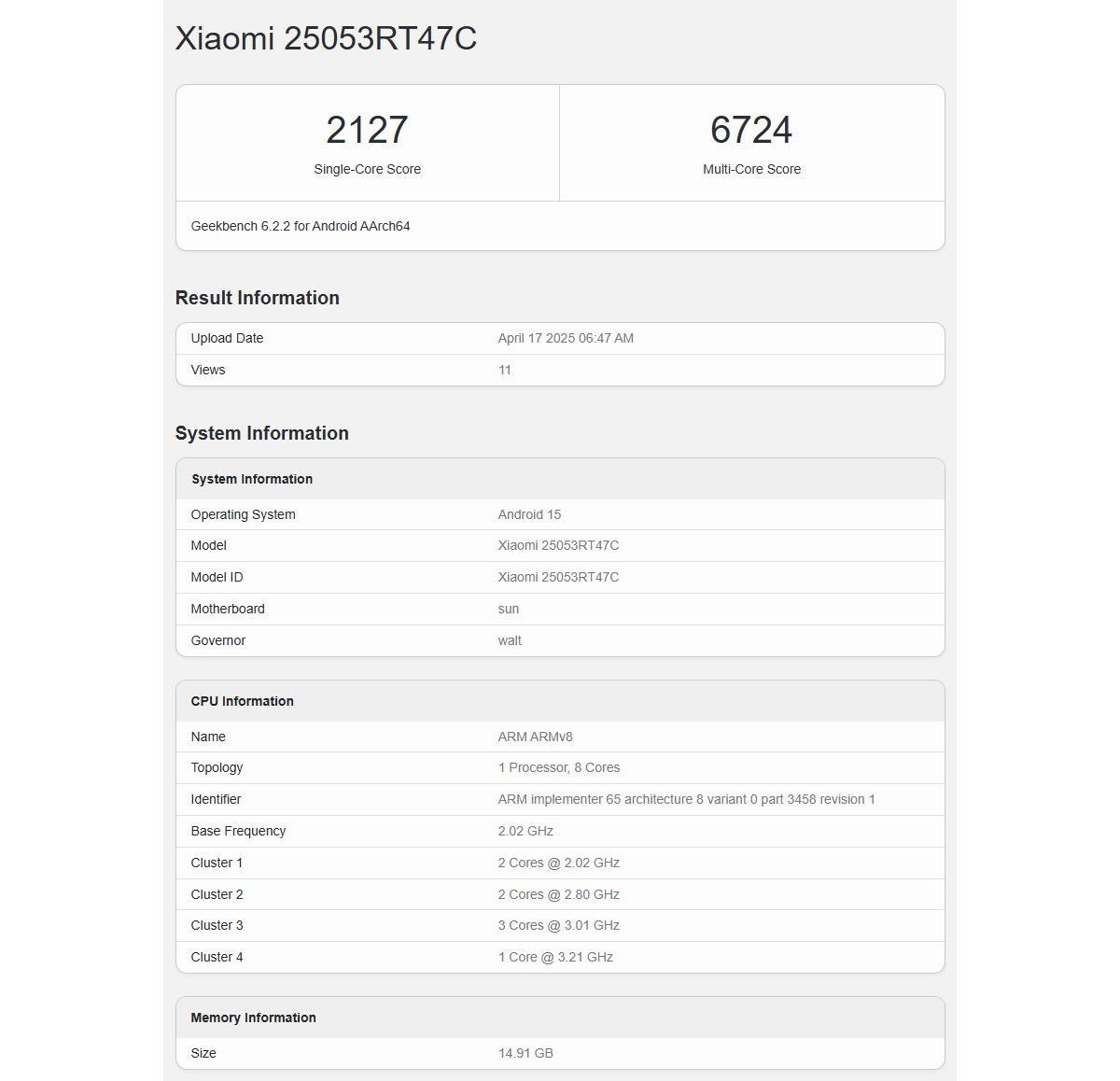Verizon Faces Significant Postpaid Subscriber Loss Amid Price Increases
In a surprising turn of events, Verizon has reported a substantial decline in its postpaid phone subscriber base during the first quarter of the year. This article delves into the implications of recent price hikes, the company's response, and the future outlook for its subscriber numbers.
Verizon has experienced a notable departure of 289,000 postpaid phone customers in the first quarter, marking one of the most challenging three-month periods in its history. As the leading wireless provider in the U.S., losing postpaid customers, who typically represent higher revenue through their premium plans, is particularly concerning. These customers are classified as postpaid because they pay their bills after receiving services, thereby forming a crucial part of Verizon’s financial foundation.
The decline in subscribers comes on the heels of recent price hikes, a move that often disrupts customer loyalty. Tony Skiadas, Verizon's CFO, acknowledged the impact of these pricing changes during a conference call following the Q1 earnings report: "Our consumer postpaid phone net losses ... reflect the impact of recent pricing actions."
Unlike previous price adjustments which seemed to have minimal effects on customer retention, this latest increase resonated significantly with subscribers. Notably, despite the loss in postpaid customers, Verizon remains optimistic about its trajectory, expecting to see improved postpaid phone net additions later in the year. Sowmyanarayan Sampath, head of Verizon consumer operations, remarked on a resurgence in consumer growth by late March and into the early part of this month.
Verizon Chairman and CEO Hans Vestberg stated, "Verizon plays an essential role in our customers’ lives and our differentiated value proposition delivers what customers want and need, on their terms. We continue to drive our multi-year customer-first strategy, launching new programs such as our 3-year price lock and free phone guarantee for consumers and My Biz Plan for small and medium-sized businesses. With our high-quality customer base, network superiority, and position of financial strength, we have the momentum and flexibility to continue."
KeyBanc Capital Markets conveyed to its clients that the loss of 289,000 postpaid phone subscribers was more severe than the previously expected decline of 211,000. This unfortunate statistic represents the largest quarterly loss Verizon has seen since 2017. Despite the losses in postpaid customers, the company reported consumer wireless revenue of $17.2 billion for the first quarter, achieving a modest year-over-year growth of 2.6%. The postpaid phone churn rate stood at 0.90 percent during this quarter.
Throughout the first quarter, Verizon Wireless achieved a remarkable $20.8 billion in total wireless industry revenue. Looking ahead, the corporation anticipates a total wireless service revenue growth of 2.0 percent to 2.8 percent for the entirety of 2025, with earnings per share expected to grow between 0% to 3%.
As a result of the recent financial disclosures, Verizon shares increased by 27 cents, or 0.63%, reaching $43.19. In after-hours trading, shares climbed further, adding an additional 11 cents to close at $43.30, a figure that approaches Verizon's 52-week high of $47.36, juxtaposed against a low of $37.58.





